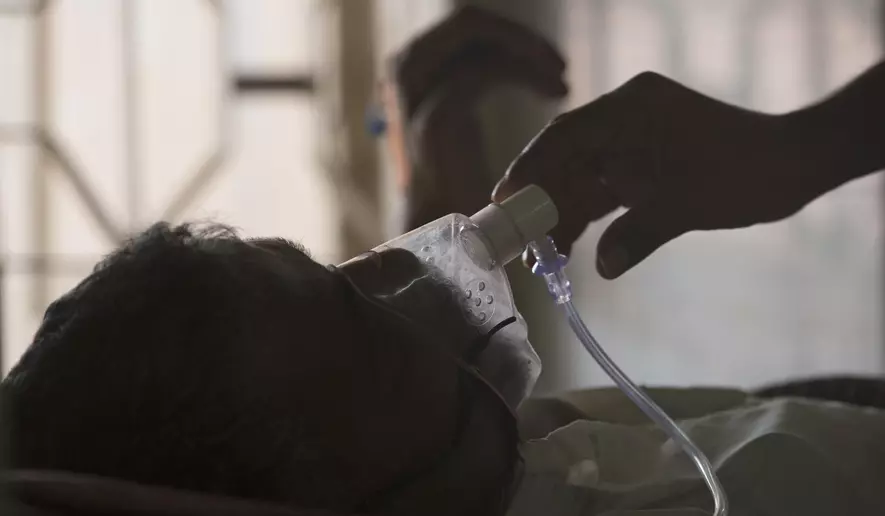
“Tuberculosis isn’t the only disease that’s challenging.”
– The Washington Times –
The government is releasing thousands of illegal immigrant children with latent tuberculosis infections into American communities without assurances of treatment.
Nearly 2,500 children with latent infections were released into 44 states over the past year, according to a court-ordered report on how the Health and Human Services Department is treating the children.
About 126,000 total were released, indicating an infection rate of 1 in 50 migrant children.
The government is releasing thousands of illegal immigrant children with latent tuberculosis infections into American communities without assurances of treatment.
Nearly 2,500 children with latent infections were released into 44 states over the past year, according to a court-ordered report on how the Health and Human Services Department is treating the children.
About 126,000 total were released, indicating an infection rate of 1 in 50 migrant children.
The Times reached out to HHS for this report.
The children in the department’s custody, known in government-speak as unaccompanied alien children, or UACs, are a particularly tricky population.
Under the law, Homeland Security must discharge most children quickly and send them to HHS. The department holds the children in government-contracted shelters while searching for sponsors to take in the children caught at the border without parents.
The system is fraught with problems, including crowded shelters and struggles to find capable and conscientious sponsors. In thousands of cases, the government quickly loses track of the children.
That makes the government’s release of children with latent infections all the more complicated. Treatment requires knowing where the children are and having sponsors willing to follow through on the lengthy course of care.
Tuberculosis isn’t the only disease that’s challenging.
The government had to create protocols to handle chlamydia and gonorrhea, according to the court report, written by Aurora Miranda-Maese, the monitor ordered by the court to keep tabs on how the government is treating children in its custody.
Ms. Miranda-Maese identified tuberculosis as one challenge. Because the government wants to rush the children out of custody, authorities usually don’t feel they have the time to begin treatment.
“Minors are not routinely treated for [latent tuberculosis infection] while in [resettlement] care because the average length of stay is typically shorter than the time required to complete treatment, and because there could be negative effects from discontinuing … treatment before completion, such as developing drug-resistant TB,” Ms. Miranda-Maese wrote.
She said the government relies on a reporting system through the Centers for Disease Control and Prevention to alert local health authorities.
Virginia’s experience suggests the follow-through rate for sponsors to obtain the needed treatment is low.
Virginia’s health department said it focuses on connecting local health officials with sponsors who take in children younger than 5 at high risk of latent infections progressing to active tuberculosis and juveniles who might be infected with HIV.
The CDC, which runs the notification portal, didn’t respond to an inquiry from The Times.
UACs do get routine dental care and reproductive care, including pregnancy tests, and are given information about emergency contraceptives. The government will also facilitate abortions, including making “all reasonable efforts to secure a legal abortion” for girls in states where the procedure is restricted…
Read the entire report here at the Washington Times site.

